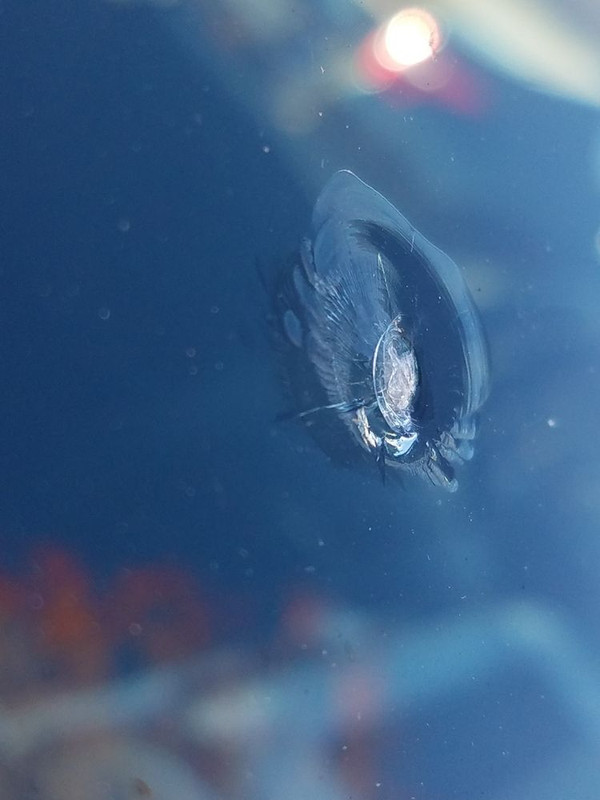Clearing the Air: The Hidden Environmental Consequences of Windshield Replacement
When it comes to the environmental repercussions of windshield replacement, the impact often goes unnoticed amidst the routine maintenance of vehicles. Windshield recycling practices, or lack thereof, have a significant bearing on the ecosystem. With the sheer volume of auto glass disposed of in landfills globally, the detrimental effects are far-reaching. Understanding the gravity of these consequences sheds light on the urgent need for sustainable solutions in the auto industry. By delving into the intricate web of how windshields contribute to environmental degradation, we can pave the way for more conscientious practices that prioritize the health of our planet.
Windshield Recycling
When it comes to the environmental impact of windshield replacement, recycling plays a crucial role in mitigating harm. Windshields contain valuable materials like glass and plastic that can be recycled and reused. By recycling old windshields, we can reduce the demand for new materials, ultimately decreasing the energy and resources needed for manufacturing processes.
Unfortunately, many windshields end up in landfills, contributing to environmental degradation. Smithfield auto glass replacement poses a significant challenge as the glass in windshields does not decompose easily. Proper recycling programs that focus on auto glass can help divert these materials from landfills, reducing the strain on our environment and promoting sustainability in the automotive industry.

Overall, the lifecycle of a windshield, from production to disposal, highlights the importance of recycling practices. By promoting awareness about the environmental impact of windshields and encouraging recycling initiatives, we can work towards a more sustainable future where auto glass is recycled efficiently and does not end up in landfills.
Impact of Windshields in Landfills
When windshields end up in landfills, they pose a significant environmental threat. The glass in windshields is not biodegradable and can take thousands of years to break down. This means that when windshields are discarded in landfills, they occupy valuable space and contribute to the growing issue of landfill overcrowding.
Moreover, the presence of windshields in landfills can lead to leaching of harmful chemicals into the soil and groundwater, causing pollution that can have long-lasting effects on the surrounding ecosystem. Additionally, the sharp edges of broken glass from windshields can pose a safety hazard to waste management workers and wildlife in the area, further highlighting the negative impact of improper disposal of auto glass.
Auto Glass Environmental Impact
When it comes to the environmental impact of auto glass, one key aspect to consider is windshield recycling. Smithfield auto glass replacement of properly recycling windshields ensures that the glass material is reused rather than ending up in landfills. By encouraging and supporting windshield recycling programs, we can help reduce the amount of glass waste that contributes to environmental concerns.
Another important point to highlight is the issue of windshields in landfills. When windshields are disposed of in landfills, they take up valuable space and do not decompose easily. This can lead to environmental challenges such as increased landfill volume and potential leaching of hazardous materials from the glass. Finding sustainable solutions to minimize the disposal of auto glass in landfills is crucial for mitigating these adverse effects.
Considering the overall impact of auto glass on the environment, it is essential to recognize that the lifecycle of a windshield has implications beyond its initial installation. From the manufacturing process to eventual disposal, every step influences the environment. By raising awareness about the environmental consequences of auto glass and promoting responsible practices such as recycling and proper disposal, we can work towards a more sustainable future.